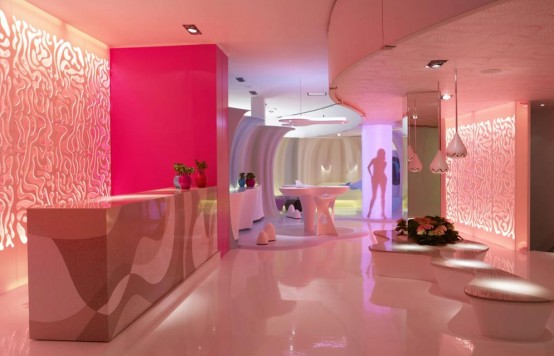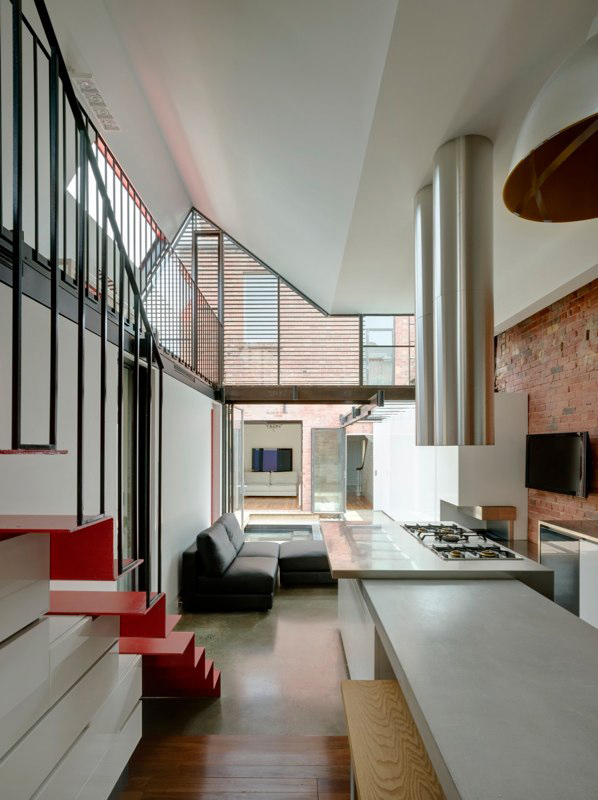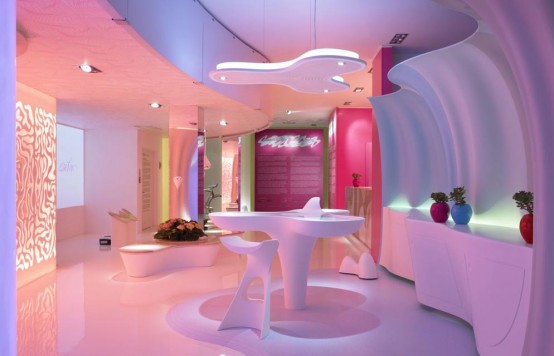 Interior Design Psychology for Happy Living
Interior Design Psychology for Happy LivingDesign psychology can turn your spaces into happy places, contributing towards your emotional well-being. It requires an understanding of the response of human senses to specific design details.
Sounds like feng shui? Except that it's better because Design Psychology incorporates the proven techniques used in feng shui with the beneficial methods based on physical science.
The elements of space, line, shape, form, texture and color all play an important part in the success of a design, be it a home exterior, a specific room, or a piece of furniture.
 Feeling Light
Feeling LightLetting in more light be it natural light or artificial illumination can bring about an instant uplift to any room. Increased lighting does much for us too: improves our visibility, prevents fatigue and makes us happy and calm. It is the easiest and most economical way to bring about a change to any room, aligning it to the rhythms of our daily lives.
Balanced Proportions
Proportions or scale is just as important. A balanced room is an attractive room - a large sofa in one area balanced by a large picture on the opposite wall; or a tall piece of furniture balanced by a standing lamp.
Rooms with low ceilings can give an oppressive feeling, whereas those with a high ceiling provide a spacious and light airy feel. Add expanse to a small room by simply painting a couple of horizontal lines in a bold color across the middle of the wall that you want to lengthen.
 Touchy Issues
Touchy IssuesTextures are of two types: tactile or visual texture, and texture which you can detect with your five senses.
Textures like grass sheets on a wall, or white pebbles embedded in a concrete wall, offer an additional dimension to any surface. Meanwhile, natural materials like stone and wood characterize country decor, along with handmade crafts.
Enhance our sense of touch through textures that are soft and smooth to caress. In fact, we don't have to touch velvet or silk to sense its softness, and textures like satins and chenille are visually luxurious, conveying wealth and comfort.
Keeping the Noise Out
Undesirable noise affects us significantly. The constant drone of the air-conditioner or other gadgets around us, the traffic outside, the construction works nearby and so on, all do little to evoke feelings of well-being.
Simple measures like double glazing the windows, additional sound insulation material built into the walls and soft furnishings like carpet, curtains and fabric panels can help reduce the intrusion of noise.
Fun with Furniture
Furnishing a small space can be challenging. Crowded rooms are more likely to have an adverse effect on our moods, increasing our stress level and general discomfort.
 Be sure to choose the right furniture and colors, and take care not to overuse accessories. Remember, less is more for that open feeling. Mirrors and shiny reflective accessories also help create the illusion of more space. Larger patterns should be confined to designs of pillow covers and smaller accessories, rather than a large sofa or love seat.
Be sure to choose the right furniture and colors, and take care not to overuse accessories. Remember, less is more for that open feeling. Mirrors and shiny reflective accessories also help create the illusion of more space. Larger patterns should be confined to designs of pillow covers and smaller accessories, rather than a large sofa or love seat.
Once we understand the science of Design Psychology, happy living can be achieved through the correct use of space, light, shape, form and texture. We spend more than half our entire lives at home so it is important that our happiness begins at home.














0 comments:
Post a Comment